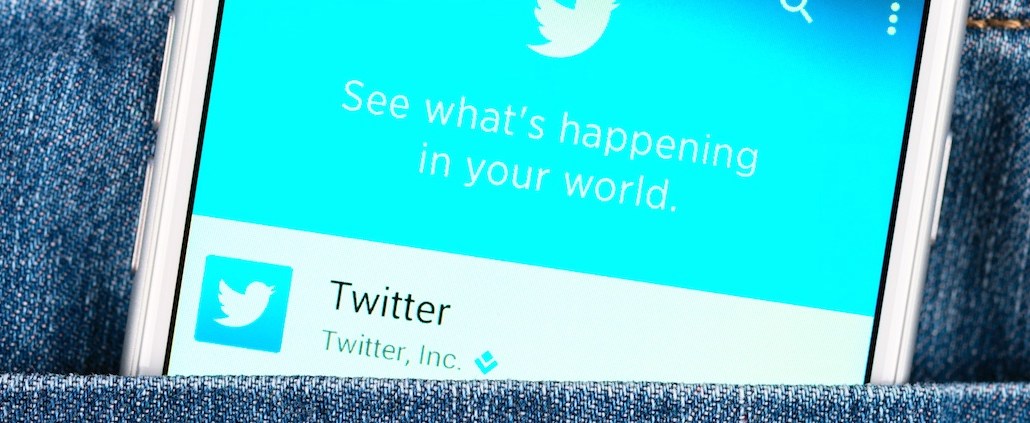
Twitter’s cramped 140-character will soon feel roomier.
The platform announced several tweaks today to how people use it, including the ability to let people cram more characters in a tweet since URLs, pictures and GIFs won’t be counted toward the 140-character limit, in an attempt to make Twitter less confusing.
The changes, which will roll out within the next few months, are as follows:
The “.@” format is gone: Soon, when sending a tweet to someone their followers might not follow, people won’t have to preface it with the clunky “.@” syntax at the beginning.
Twitter is refining the reply process: It will stop counting “@names” at the beginning of the tweet as part of the 140 character limit, giving people more space to reply.
More room for media: Pictures, links, videos, polls and other multimedia features also won’t be counted as part of the 140 character limit.
You can now retweet yourself: Twitter is adding a new Retweet button to your own tweets so “when you want to share a new reflection or feel like a really good went unnoticed.” Sure, like that’s not going to be abused.
The changes don’t compare to the rumored 10,000-character limit that was rumored several months ago. Also, the changes reflect CEO Jack Dorsey’s attempt in making Twitter easier to use for regular people since growth has stalled and its sock has dipped. Under his purview, he’s rolled out Moments, an algorithm timeline and revamped direct messages.
More in Media

Publishers are hunting for AI prompt data — now they’re starting to get it from third-party companies
Publishers are finally gaining some visibility into AI search, as new prompt data tools crack open a black box.

Digiday+ Research: Publishers’ growing focus on video doesn’t translate to social platforms
Major publishers have made recent investments in vertical video, but that shift is not carrying over to social media platforms.

Technology x humanity: A conversation with Dayforce’s Amy Capellanti-Wolf
Capellanti-Wolf shared insight on everything from navigating AI adoption and combating burnout to rethinking talent strategies.





